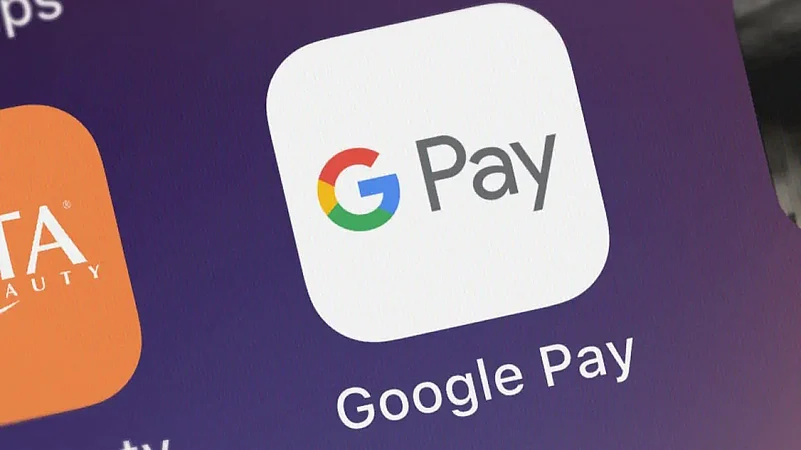Unified Payments Interface (UPI) recorded 11.24 billion transactions in November, and UPI-based applications like BHIM, Google Pay, PhonePe, and PayTM have played a pivotal role in this monumental achievement.
As more people take to UPI transactions, a growing number of complaints have surfaced regarding transaction failures, especially with popular apps like Google Pay.
This issue can lead to prolonged waits for the refund of money deducted in failed transactions, if funds are deducted from the sender's bank account but not received by the intended recipient through UPI applications. Typically there is no need to worry, just wait for up to 48 hours for your bank to update the payment status.
However, in the case of a failed UPI transaction, if the bank cannot credit the beneficiary account, an auto-reversal occurs within the next day or 48 hours. As per RBI guidelines, banks are required to pay Rs 100 per day penalty if the delay is beyond T + 1 day. But why wait for 48 hours or even an hour if you can prevent payment failures?
What is Smart Routing?
Your UPI IDs are linked to your bank account and payments are processed through bank servers. UPI payments may fail due to server failure, overload or other technical issues.
This is where smart routing comes into play. Multiple UPI IDs help with smart routing. An additional UPI ID improves your payment success rate because it routes your transaction through another functional server.
Imagine you're going to explore an amusement park that has different gates, but one is crowded too much as it is a busy time like a weekend. Just like using another gate for entry, you can use another server, to conduct a successful UPI transaction. To reach this gate you have a route.
In the world of digital transactions, alternate UPI IDs will act as a different route to this entry gate that is less crowded. If, for instance, one route (or UPI ID) is temporarily inaccessible due to technical issues, or rush, the system smoothly diverts your payment through another available UPI ID.
How Many UPI IDs Can You Have?
One can add up to 4 UPI IDs to your bank account. You can have multiple UPI IDs for the same bank account. This lessens payment delays or failure and is secured by Google Pay.
Additional UPI IDs can be created while setting up a new account. Additional IDs can be added even after account setup. Google Pay itself prompts users to add additional UPI IDs in case certain payments are blocked or fail.
Let's see how to create an additional UPI ID in Google Pay.
How To Create New GPay UPI ID & Smart Route?
When you set up a new account with Google Pay, you can create more than one UPI ID.
When a payment you made has issues or fails, you may see a prompt to add new UPI IDs to your existing bank account.
To create a new UPI ID, go to Payment Methods then select bank account and then Manage UPI IDs.
There are no changes to conducting transactions after you have created multiple IDs. One can still transact from their bank account as usual. If you register a new UPI ID, one SMS will be sent to the payment service provider bank automatically for which standard SMS charges apply.
NPCI has directed various UPI payment apps including G-Pay to get rid of UPI IDs not used for the last year. UPI apps have been allotted time till December 31, 2023, to do this. If users want to retain any UPI ID, they need to make at least one transaction from their IDs before the end of this month.














